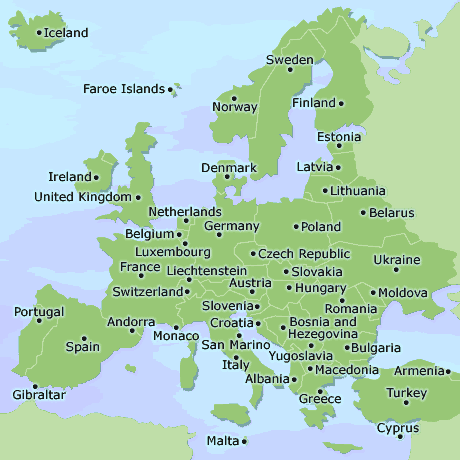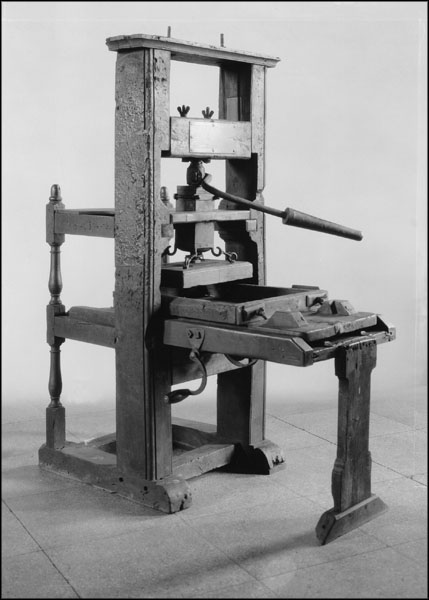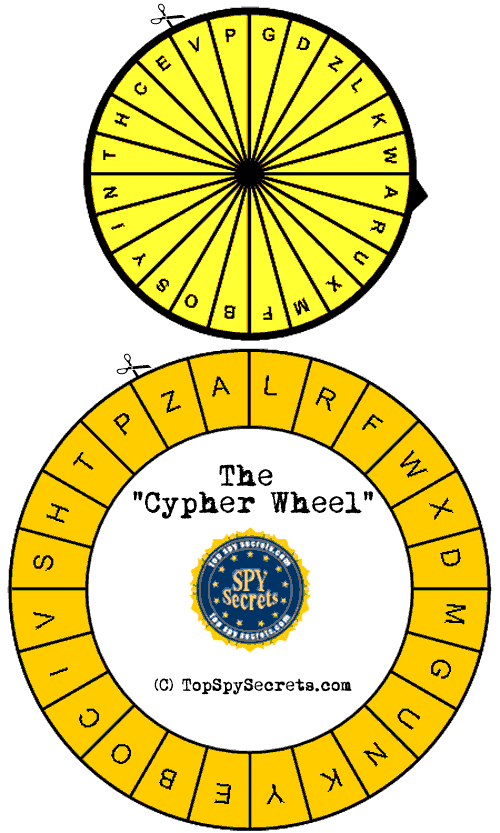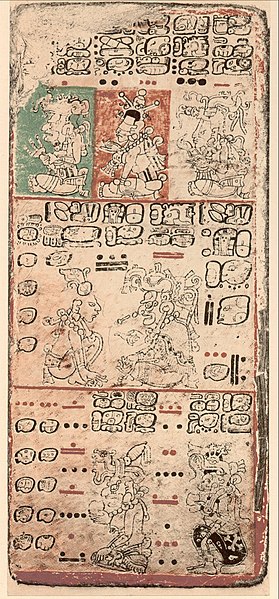"Before printing was discovered, a century was equal to a thousand years." Henry Thoreau
Let's start a printing business! We are both venture capitalists with a bit of money and an itch to get into the printing business. What should we print? Who's going to buy and why would they buy it? Well, to start I'd like to mention a few of the types of books that were the "Bestsellers" of the early Renaissance, and maybe then we'll be able to answer these questions.
What were the "Must Reads" of the 1500's?

Nowadays, if you want to know which books are the most popular you can go check a status on the New York Times Bestseller list. However, due to the limited number of books that went into each printing, it was more easy to determine how a book was doing by the number of different editions which were printing. Many editions generally meant that the book was a very popular one. So what were people reading 500 years ago? Well, the obvious one that we can accredit is the Bible, one that has held the title defiantly throughout the Medieval period. The renaissance however gave rise to new tastes and likes. One print of the Bible was the Bibla Paupernum ("Pauper's Bible"), a sort of illustrated text or cartoon strip where more than words were characters talking to one another. Also "Emblem Books" were popular, lessons in book format which seem to be the precursors of the picture book or textbook with pictures and commentary. Andrea Alciato unintentionally started this explosive craze that swept over Europe. He treated his emblems as highly valuable and prefaced his book
Emblemata with
"
While boys are entertained by nuts and youths by dice, so
playing-cards fill up the time of lazy men. In the festive season we
hammer out these emblems, made by the distinguished hand of craftsmen.
Just as one affixes trimmings to clothes and badges to hats, so it
behooves every one of us to write in silent marks. Though the supreme
emperor may give to you, for you to own, precious coins and finest
objects of the ancients, I myself shall give, one poet to another, paper
gifts: take these, Konrad, the token of my love."
Another popular genre was in the medical field. Books of Secrets as they were called were filled with remedies and cures to all sorts of sicknesses, problems and worries. Translated into almost every European language and in print for well over 200 years, this was the beginning of science in the public eye and a more public or
social obligation of the scientist to the community.
Reading a bit from the English translation of "Secrets" by Alexis of Piedmont, the author frequently references his remedies to help the sick while holding the value of his "secrets" like a trade secret. I guess everyone likes their secrets!
 |
| Printing Volume Geographically over first five decades of the press |
What were other secrets? Machiavelli's The Prince was a most curious read where a the destined Medici family was to be instructed in the ways of a true leader. Royals and commoners alike enjoyed learning because it was an increase of knowledge. Like the "secrets" of Alexis, most people understood the connection between knowledge and power, thus taking every opportunity to learn about the world they did not understand. It was a sort of reality TV show for the 16th century fanclub!
Other popular books during the 16th century included:
Gargantua and Pantegruel by Rabelais, Sir Thomas Moore's Utopia (however I'm not sure if it was popular then), books on European Folklore, The founding myths of Rome.
 |
Suleiman The Magnificent (1530).
As an aside, some Literature didn't catch on, like this fashion. Maybe some day! | | |
|
|
|
|
|
|
|
|
|
|
|
|
|
|
|
|
|
One thing is for sure, the influx of published literature from the printing press allowed for the more curious reader, one who could question things, read more and gain knowledge more readily. By only the end of the 15th century, over 20 million copies of printed books were in circulation, with that number growing exponentially by the year.
 Hey fellow members! I just wanted to say thanks for the great time I had working with you all this semester. I learned a lot from each of you and it's been difficult but I'm glad we could work in groups so often. Hope you all you have a great Christmas vacation and who knows, maybe we'll all find ourselves in a class again!
Hey fellow members! I just wanted to say thanks for the great time I had working with you all this semester. I learned a lot from each of you and it's been difficult but I'm glad we could work in groups so often. Hope you all you have a great Christmas vacation and who knows, maybe we'll all find ourselves in a class again!











































